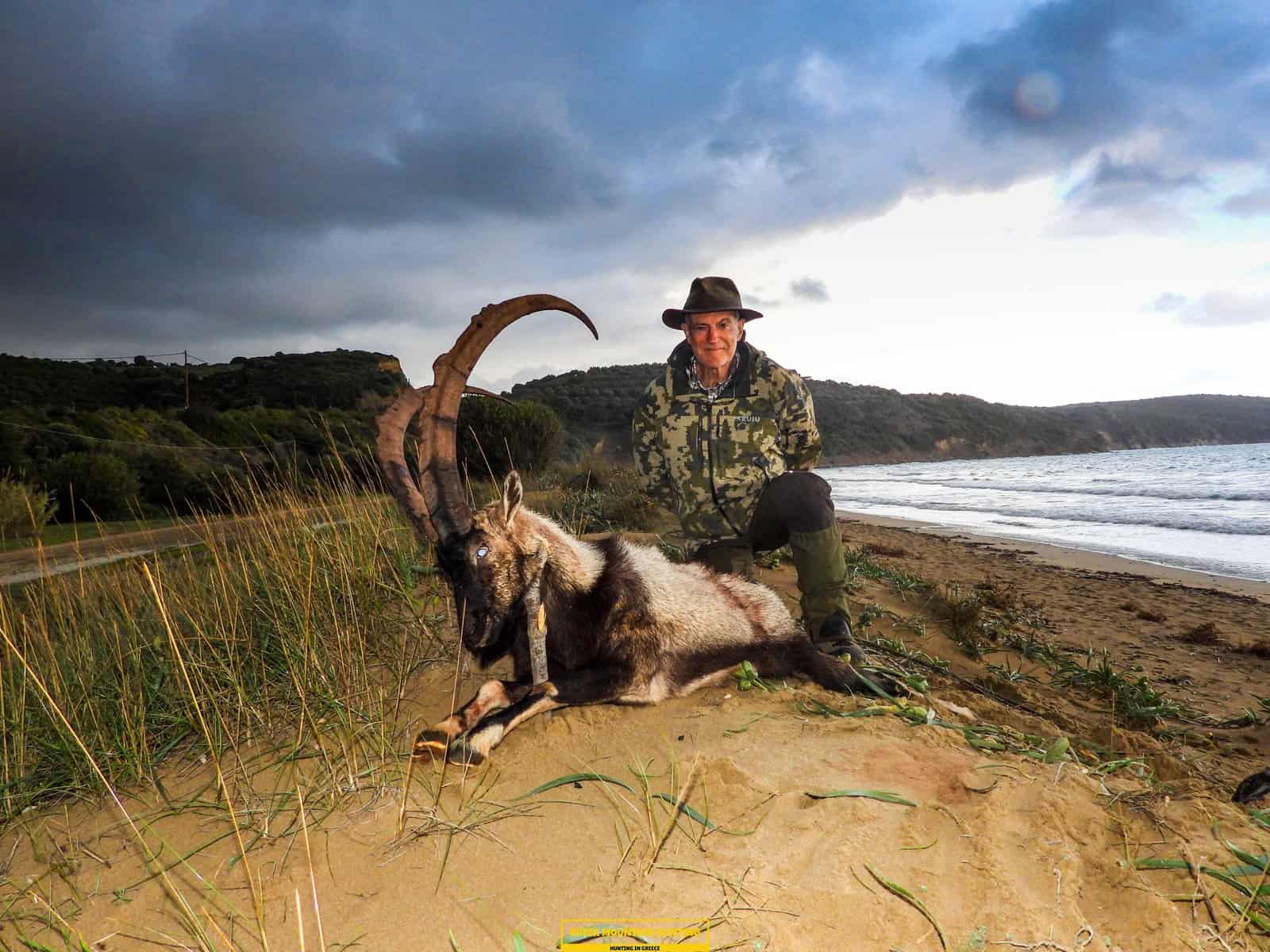Experience the most effective of hunting in Greece for Kri Kri ibex
Experience the most effective of hunting in Greece for Kri Kri ibex
Blog Article

They claim that the Peloponnese peninsula is the "real" Greece. And we say, if you're looking for an extraordinary experience, our hunting as well as visiting Peloponnese trip from Methoni is the excellent method to experience all that this gorgeous country has to offer.

The hunt for kri-kri ibex on the island of Sapientza can be a challenging and tough one. The ibex stay in sturdy, steep surface with sharp, jagged rocks that can conveniently leave you without shoes after just two trips there. Shooting a shotgun without optics can also be a challenge. However, the hunt is most definitely worth it for the possibility to bag this stunning animal.
What to Expect on a Peloponnese Tour? When you schedule one of our hunting and also touring Peloponnese Tours from Methoni, you can expect to be surprised by the natural appeal of the location. From the pristine coastlines to the woodlands and also hills, there is something for every person to enjoy in the Peloponnese. Additionally, you will certainly have the opportunity to taste a few of the best food that Greece needs to provide. Greek food is renowned for being fresh as well as tasty, and also you will most definitely not be dissatisfied. One of the very best components regarding our trips is that they are designed to be both fun and academic. You will certainly discover Greek background as well as society while also reaching experience it firsthand. This is an outstanding opportunity to immerse yourself in everything that Greece has to supply.
If you're trying to find a genuine Greek experience, after that look no more than our exterior hunting in Greece with fishing, and also complimentary diving trips of Peloponnese. This is an extraordinary method to see everything that this impressive region needs to provide. Schedule your scenic tour today!
What is the diference between Kri Kri ibex, Bezoar ibex and hybrid ibex
The kri-kri is not thought to be indigenous to Crete, most likely having been imported to the island during the time of the Minoan civilization. Nevertheless, it is found nowhere else and is therefore endemic to Crete. It was common throughout the Aegean but the peaks of the 8,000 ft (2,400 m) White Mountains of Western Crete are their last strongholds–particularly a series of almost vertical 3,000 ft (900 m) cliffs called ‘the Untrodden’—at the head of the Samaria Gorge. This mountain range, which hosts another 14 endemic animal species, is protected as a UNESCO Biosphere Reserve. In total, their range extends to the White Mountains, the Samaria National Forest and the islets of Dia, Thodorou, and Agii Pandes.
This Ibex is NOT a diminutive form of the Bezoar Ibex, which has migrated into the western-most reach of the range of this species. The kri – kri (Capra aegagrus cretica), sometimes called the Cretan goat, Agrimi, or Cretan Ibex, is a feral goat inhabiting the Eastern Mediterranean, previously considered a subspecies of wild goat. The kri-kri has a light brownish coat with a darker band around its neck. It has two horns that sweep back from the head. In the wild they are shy and avoid tourists, resting during the day. The animal can leap some distance or climb seemingly sheer cliffs.
“The agrimi goat Capra aegagrus cretica is unique to Crete and its offshore islands. It has been identi®ed as a sub-species of the wild bezoar goat Capra aegagrus aegagrus Erxleben, 1777, which it closely resembles in horn shape, body form and coloration. This classi®cation has been disputed by some researchers who claim that the agrimi are feral goats, derived from early domestic stock brought to the island by the ®rst Neolithic settlers. In order to clarify this issue, DNA analyses (cytochrome b and D loop sequences) were carried out on tissue of live and skeletonized agrimi and compared to sequences of wild and domestic caprines. Results conclusively show the agrimi to be a feral animal, that clades with domestic goats (Capra hircus) rather than with wild Asiatic bezoar. This study demonstrates that morphometric criteria do not necessarily re¯ect genetic af®nities, and that the taxonomic classi®cation of agrimi should be revised.”
Report this page